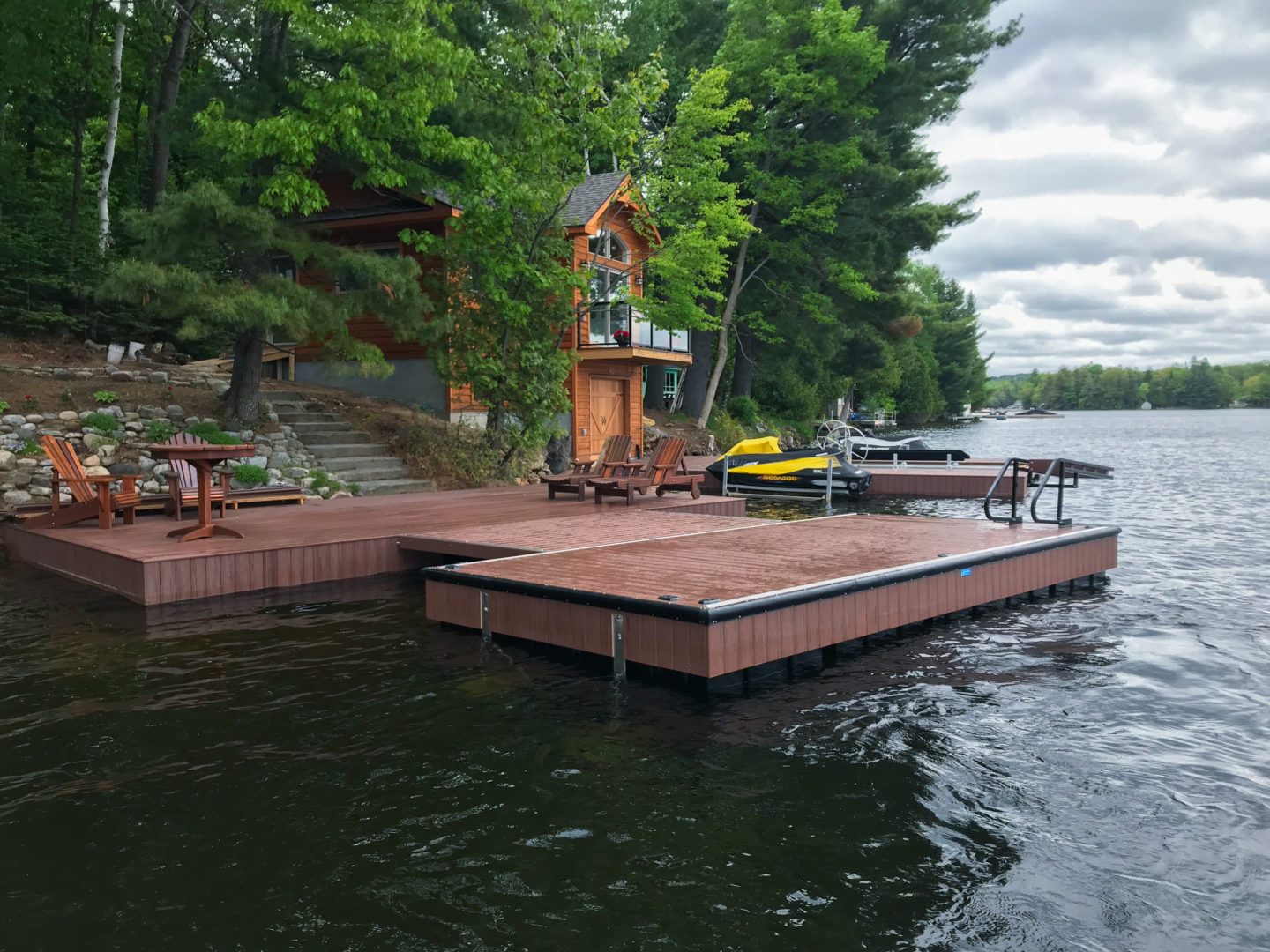Ontario’s Ministry of Environment, Conservation, and Parks (MECP) has rejected an offer from the municipality of Chatham-Kent to purchase a section of Rondeau Provincial Park.
There are 279 cottage lots in Rondeau, making up approximately one per cent of the park’s 8,000 acres. The cottagers own their cottage structures but lease the land from the provincial government. This tenancy agreement has been in place since 1894 and acts as a source of revenue for the park, helping to keep it self-sufficient.
The municipality, which pitched the proposal to the MECP in May of 2021, intended to act as a purchasing agent on behalf of the Rondeau Cottagers Association, who own secondary properties within the nearby provincial park.
Under the tenancy agreement, the government renewed the cottage leases every 21 years. But in the 1950s, the government changed its mind about cottages occupying the park. This is because parks started to grow overcrowded and the government wanted to expand its public land. After the 1950s, the government stopped approving the building of new cottages in Rondeau and instead started buying cottages when they went up for sale, demolishing the structures and returning the lots to park land.
The government renewed the cottage leases for the last time in 1996, removing the renewable clause. This meant that the cottage leases expired in 2017 and cottage owners would be forced to vacate the land. But instead of evicting the cottagers in 2017, the government temporarily renewed the leases until 2019. When 2019 rolled around, the government once again renewed the leases until the end of 2022, while it figured out what to do with the land.
This is where Chatham-Kent got involved. While the municipality has no jurisdiction over the park, the cottagers do contribute to the local economy. As a result, the Rondeau Cottagers Association and the Chatham-Kent city council decided to work together to ensure the cottagers weren’t evicted from the land.
In its proposal to the MECP, Chatham-Kent said it would pay the government the land’s assessed value of $29.2 million to purchase the 279 cottage lots. In addition to the payment, the municipality would also offer the government Clear Creek Conservation Area, a Carolinian forest slightly larger than Rondeau’s 40 acres of cottage land, approximately 20 kilometres from the provincial park. The municipality would then resell the Rondeau lots to the cottagers at face value, and the cottagers would pay for any out-of-pocket expenses the municipality incurred, such as legal fees.
While the MECP was open to hearing the proposal, in the end, it turned it down. “The Ministry of the Environment, Conservation, and Parks is not currently pursuing a proposal from the municipality of Chatham-Kent and the Rondeau Cottage Association,” said Meghan Pomeroy, a spokesperson for Ontario Parks, in an email. “The ministry is considering options regarding the continued leasing of private cottage lots in Rondeau Provincial Park. No decisions regarding the future of Rondeau cottage lots beyond 2022 have been made at this time.”
The rejection of the offer has sent the Rondeau cottagers back to the drawing board, especially as the leases’ expiration date ticks closer.
In an email, a legal representative for Chatham-Kent said that the municipality remains open to engaging with all stakeholders regarding the cottage lots, and that it hopes that a positive resolution to the lease renewals can be found in the future.
The Rondeau Cottagers Association remained tight-lipped on their strategy moving forward. The group’s representative refused to be interviewed on the record, but did say that “the issue is still very much alive.”











